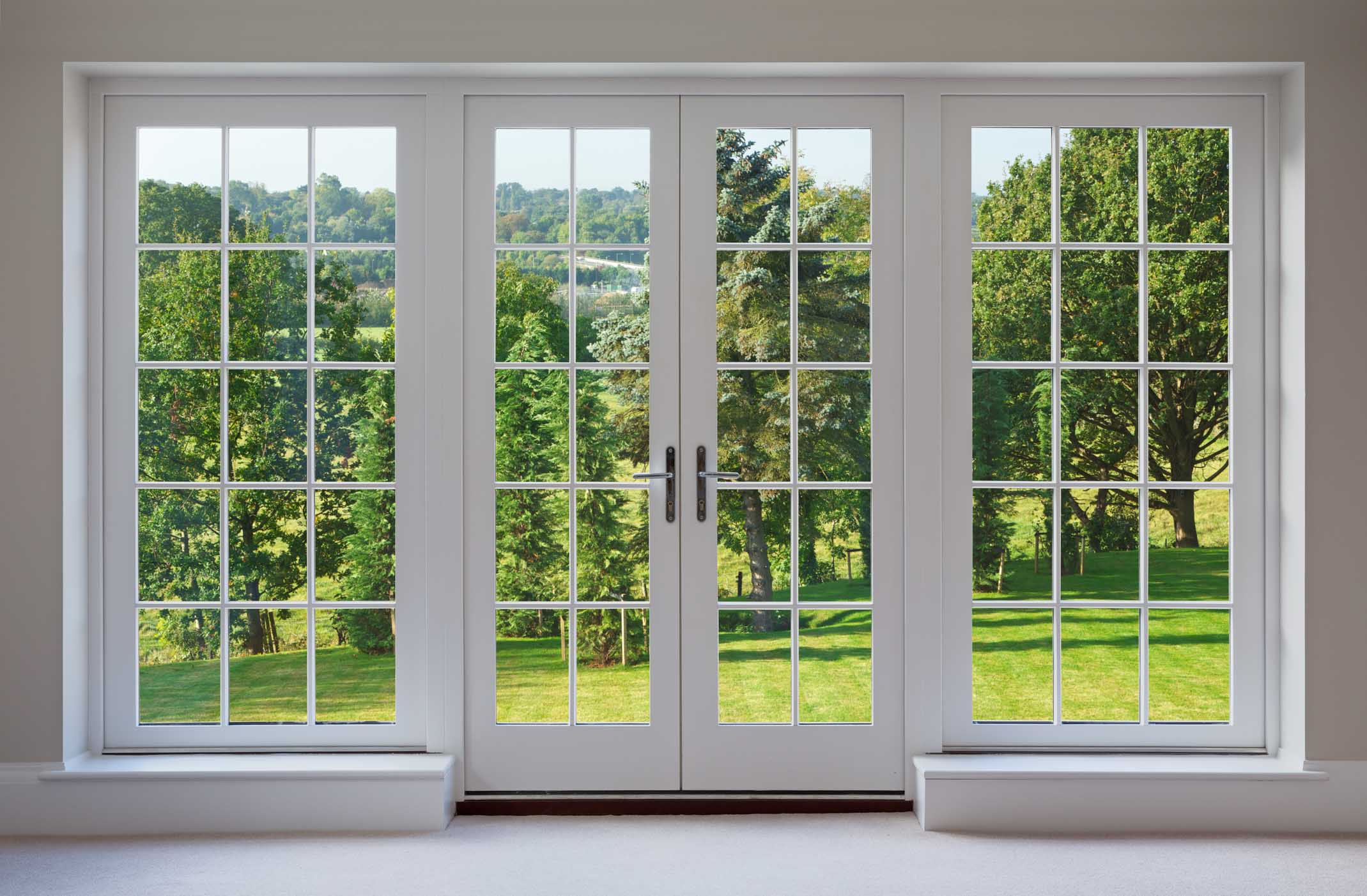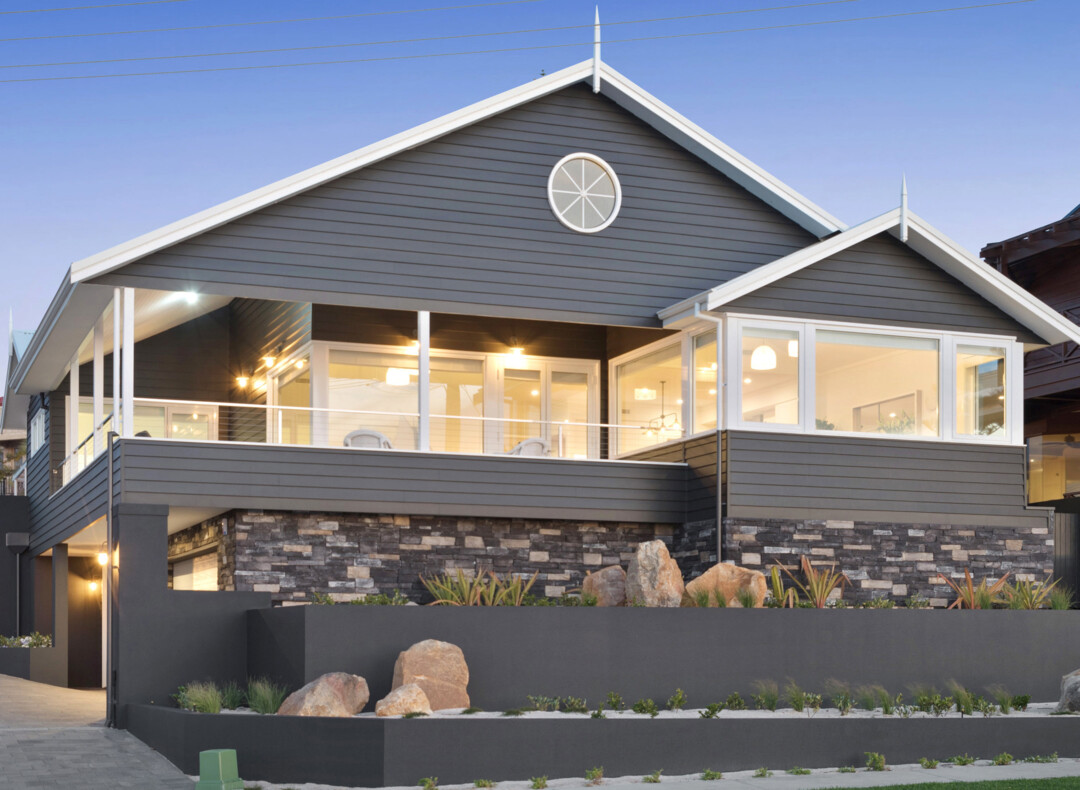All Categories
Featured
Table of Contents
How Does Double Glazing Keep Heat Out? in Mundaring Perth
Glazing simply indicates the windows in your house, consisting of both openable and set windows, along with doors with glass and skylights. Glazing really just means the glass part, however it is normally used to refer to all elements of an assembly consisting of glass, films, frames and furnishings. Taking notice of all of these elements will help you to achieve effective passive style.

Energy-efficient glazing makes your home more comfortable and considerably lowers your energy costs. Nevertheless, inappropriate or poorly created glazing can be a major source of unwanted heat gain in summer season and considerable heat loss and condensation in winter season. As much as 87% of a house's heating energy can be gained and up to 40% lost through windows.
Why Should You Have Double-glazed Windows This Summer? in Henley Brook Western Australia
Glazing is a substantial investment in the quality of your house. An initial investment in energy-efficient windows, skylights and doors can considerably minimize your yearly heating and cooling bill.
This tool compares window selections to a base level aluminium window with 3mm clear glass. Comprehending some of the key residential or commercial properties of glass will help you to select the very best glazing for your home. Secret homes of glass Source: Adapted from the Australian Window Association The amount of light that goes through the glazing is referred to as noticeable light transmittance (VLT) or noticeable transmittance (VT).
How Double Glazing Can Help Keep Your Home Cool In ... in Osborne Park WA
This might lead you to change on lights, which will result in higher energy costs. Conduction is how readily a material performs heat. This is understood as the U value. The U value for windows (revealed as Uw), explains the conduction of the entire window (glass and frame together). The lower the U worth, the greater a window's resistance to heat circulation and the better its insulating worth.
If your home has 70m2 of glazing with aluminium frames and clear glass with a U worth of 6. 2W/m2 C, on a winter's night when it is 15C cooler outside compared to indoors, the heat loss through the windows would be: 6. 2 15 70 = 6510W That is equivalent to the overall heat output of a large room gas heating unit or a 6.
Double Glazing Windows - The Best Installers In The Uk ... in Bedford WA

If you pick a window with half the U worth (3. 1W/m2 C) (for example, double glazing with an argon-filled space and less-conductive frames), you can cut in half the heat loss: 3. 1 15 70 = 3255W The solar heat gain coefficient (SHGC) for windows (expressed as SHGCw) determines how easily heat from direct sunshine streams through an entire window (glass and frame together).
The lower a window's SHGC, the less solar heat it transfers to the house interior. The actual SHGC for windows is affected by the angle that solar radiation strikes the glass.
Climateframe Double Glazing: Perth's Double Glazed ... in Salter Point Western Australia
When the sun is perpendicular (at 90) to the glass, it has an angle of occurrence of 0 and the window will experience the optimum possible solar heat gain. The SHGC declared by glazing producers is always calculated as having a 0 angle of incidence. As the angle increases, more solar radiation is shown, and less is transferred.
Table of Contents
Latest Posts
Does Double Glazing Reduce The Heat In Brisbane's Summer? in Spearwood Western Australia
Save Energy With Double Glazed Windows in Hocking WA
Triple Glazing – Pros & Cons in Ocean Reef Western Australia
More
Latest Posts
Does Double Glazing Reduce The Heat In Brisbane's Summer? in Spearwood Western Australia
Save Energy With Double Glazed Windows in Hocking WA
Triple Glazing – Pros & Cons in Ocean Reef Western Australia